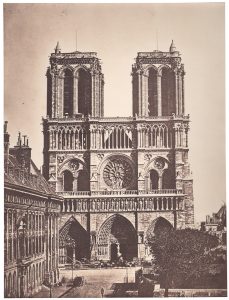ARTISTS
Bisson Frères
Louise-Auguste Bisson (1814-1876) was a 19th century French photographer. He opened a photographic studio in 1841 and soon after this he was joined as a partner by his brother Auguste-Rosalie Bisson (1826-1900). Together, these pioneering photographers became known as the Bisson Frères.
They were active during a rich time of photographic sponsorship and were able to develop processes for creating very large prints (such as the Collodion process, with large negatives) and for taking on important commercial projects. During the 1850s they employed up to thirty employees.
The Bisson brothers were members of the French Society of Photography. They travelled avidly, and a significant number of their many pictures were taken outside of French territory. They are perhaps best remembered for their series of photographs on the Savoy Alps, commissioned by Napoleon III in 1860.
The Bisson Frères also gained recognition for their wide range of photographic styles and for the best-known portrait of of Honoré de Balzac (1842).
Selected exhibitions:
2014
“Impressionist France: Visions of Nation from Le Gray to Monet”, Saint Louis Art Museum,
Saint Louis, USA
2007
“Johnson Gallery, Selections from the Collection 44”, The Metropolitan Museum of Art, New York, USA
2005
“Master Photographs from the Gilman Collection: A Landmark Acquisition”, The Metropolitan Museum of Art, New York, USA
2002
“As It Happened: Photographs from the Gilman Paper Company Collection”, The Metropolitan Museum of Art, New York, USA
1994
“The Waking Dream: Photography‘s First Century, Selections from the Gilman Paper Company Collection”, National Gallery of Art, Washington D.C, USA
1993
“The Waking Dream: Photography‘s First Century, Selections from the Gilman Paper Company Collection”, Edinburgh International Festival, Edinburgh, Scotland






 +49 89 29 73 42
+49 89 29 73 42